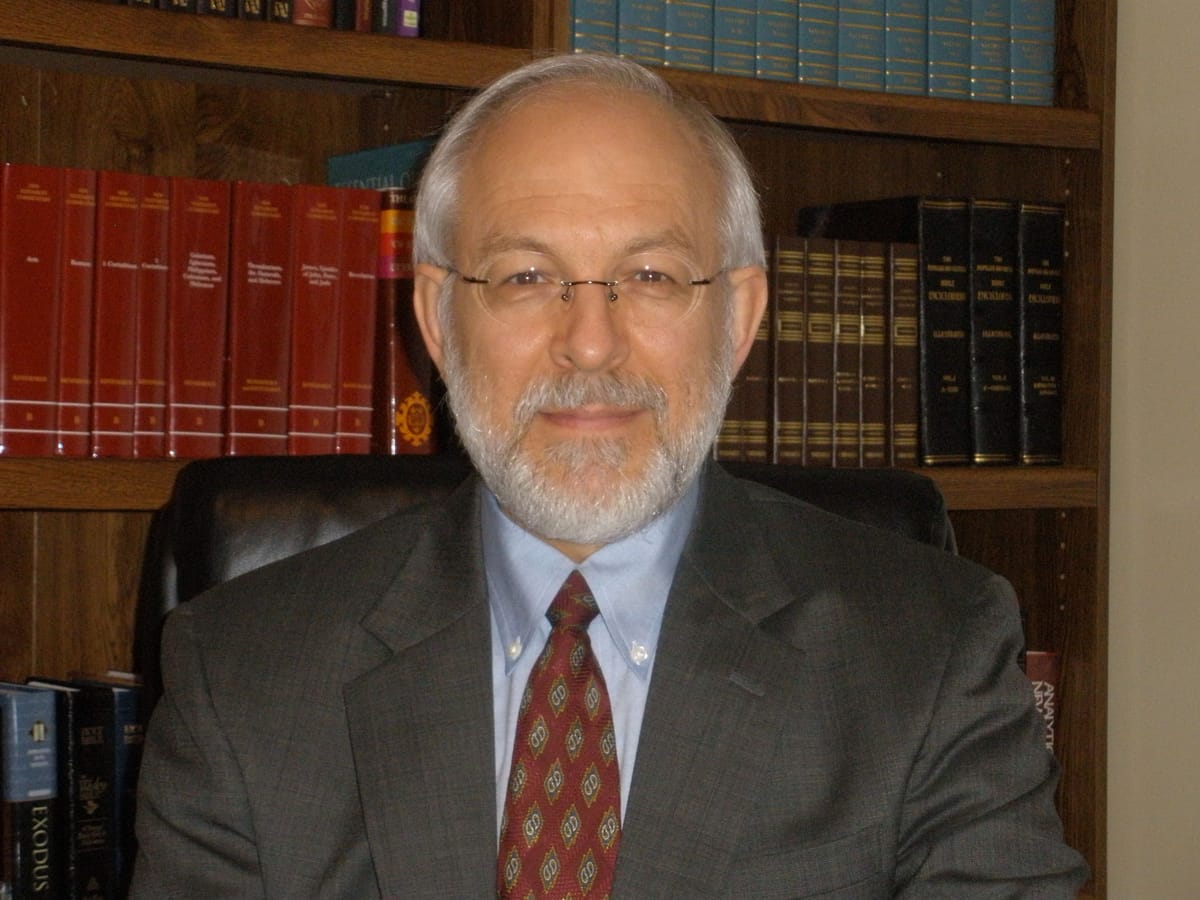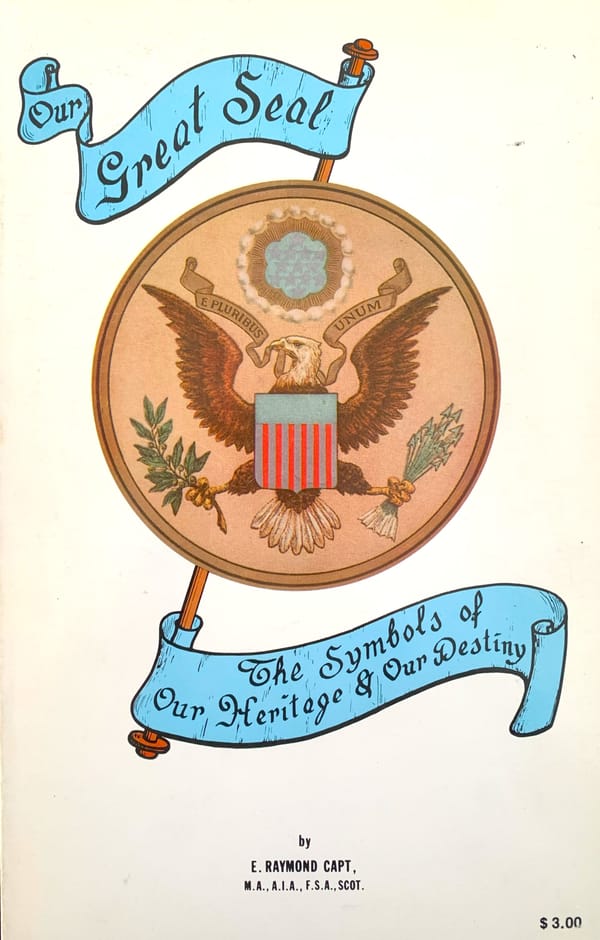We are in the midst of a serialization of the long essay by the 20th century British author, Isabel Hill Elder.
In this blog, all emphases and comments in [brackets] are mine. Unless within my brackets, all words in (parentheses), are by Ms. Elder.
For readers’ convenience, we have spelled out the full names of her biblical references and changed the chapter numbers from Roman numerals to Arabic numerals. We have also shortened many of her lengthy paragraphs to make them more readable for the tiny and narrow screens of some of our modern digital devices.
Ms. Elder here below continues her commentary on the Tribe of Levi in the Old Testament. QUOTE:
The House of Aaron continued to supply the High Priests and to be the social equal of royalty. In the days of the Israel kings their wives were, almost invariably, chosen from the daughters of the House of Aaron. The dignity of this House was acknowledged from the days of Moses, and at the apportionment of Canaan, thirteen cities or castles were assigned to descendants of Aaron by Joshua.
To the number of 3,700 the Aaronites joined King David at Hebron. Their importance as a family at this time, is clearly shewn by their being reckoned among the tribes of Israel (1 Chronicles 12:26, 27); they were, in fact, the aristocracy of the House of Levi.
Libnah, a Levitical city in Judea, near Jerusalem, was assigned to the House of Aaron, one of whose number was the prophet Jeremiah, whose daughter Hamutal became the queen of King Josiah.
[Hence, Jeremiah’s close connection with the royal House of David. He was the guardian of King Zedekiah’s daughters after the Babylonian armies destroyed Jerusalem and slaughtered all the male heirs to the throne.
By God’s direction, Jeremiah transferred the kingdom of God from the East to “the isles of the West”—the British isles. We have elaborated in great detail on this whole period of history in our series, The Kingdom of God, which is available from us in CD albums comprising a total of 52 lectures. We have sent the individual album fliers out with our monthly postal mailings to those on our Feed My Sheep mailing list. Here is a link to the Order Form which gives synopses of the various lectures. ]
In the British Museum there are records and specimens which illustrate the incident in the book of Jeremiah when he was instructed by God to buy the field in Anathoth. He says "And I bought the field of Hanameel, my Uncles' son, that was in Anathoth, and weighed him the money, even seventeen shekels of silver.
And I subscribed the evidence and sealed it, and took witnesses and weighed him the money in the balances. So I took the evidence of the purchase, both that which was sealed according to the law and custom, and that which was open." (See Babylonia Room, British Museum, Case A).
These evidences of a purchased possession were to be "put in an earthen vessel that they may continue many days." (Jer. 32: 9, 11, 14). The incident was given as a sign that, after the captivity, the land would once more return to its rightful possessors.
Seven hundred years after this time the Apostle Paul in his letter to those of Israel stock in Ephesus, the capital of Asia Minor, uses this ancient law and custom to impress upon them that God Himself has a purchased possession. The evidence is "sealed unto the day of redemption."
Those, who believe in the Lord Jesus Christ are "sealed with that Holy Spirit of promise, which is the earnest of our inheritance until the redemption of the purchased possession" and He too, has put this evidence of His purchase "in earthen vessels" (Ephesians 1:13, 14; 4:30; 2 Corinthians 4:7).
It is very noticeable that, in the coming great day of repentance of Israel, the House of Levi is associated with the royal family or House of David (Zechariah 12:13).
The tribe of Levi to whom "God gave none inheritance" in Palestine (Deuteronomy 10: 8) have yet to be gathered and recognized as a "set apart" House that "my Covenant might be with Levi," saith the Lord (Malachi 2:4).
"Ye have corrupted the covenant of Levi" (Malachi 2:8). How unlike was the Levi of that day to the ideal Levi, and yet the same Malachi prophesies God's mercy towards them. "He shall sit as a refiner and purifier of silver; and He shall purify the sons of Levi" (Malachi 3:3). The ore of silver is considerably impure and must be purged to render it fine. As an emblem it denotes what is useful, precious, pure and glorious, all of which attributes will be restored to the House of Levi.
LEVI IN THE NEW TESTAMENT
As the Old Testament closes with the House of Levi (Malachi 3:1) so the opening of the New Testament is dominated by members of this sacred tribe whose death knell as such was soon to be sounded by the fulfilment of the prophecy uttered by their great ancestor Levi concerning them.
The first Levite we meet in the New Testament is the saintly priest, Zachariah, who, with his wife, was of the House of Aaron, both righteous before God . . . blameless" (Luke 1:6) whose son John was "born to be great . . . and many of the children of Israel shall he turn to the Lord their God" (Luke 1:15, 16)—the mission of a true Levite.
While John was yet a babe, Messiah, Jesus the Christ, was born of Mary the Virgin, of the House of David and cousin of Elizabeth, the mother of John.
The "wise men from the East" were Levite astronomers, who, with many of their fellow Israelites elected to remain in Persia rather than take advantage of the offer of Cyrus to leave the country. The Levite astronomers had, for many centuries, scanned the heavens for the astronomers or "wise men" saw in the appearance of a star in the sign Virgo, called "Comah" which means, in our language "The Desired" or "Longed For."
This was the star which these [wise men saw in the] East and followed all the way to Bethlehem. "The Magi from Media who came to proclaim the birth of Israel's Messiah, were not Gentiles, they were Israelites" (E. Reep). "Our Druids were also called the Magi" (Taliesen).
The wells were the telescopes of the ancient astronomers, and upon arriving at Bethlehem they visited David's well and found there the star they had been following reflected in the well.
Any doubt they may have had as to the result of their long journey vanished, "when they saw the star they rejoiced with exceeding great joy, and when they were come into the house they saw the young child with Mary his Mother, and fell down and worshipped him; and when they had opened their treasures, they presented unto him gold, frankincense and myrrh" (Matthew 2:10, 11). And so Levites were the first in all Israel to worship our Lord and the first to offer gifts.
At the end of forty days, Mary, accompanied by Joseph, brought the infant Jesus to Jerusalem to present Him to the Lord and to receive the Levitical blessing. The Mosaic law required that every first-born son, without regard to circumstances, should be presented to the Lord by delivering him into the hand of the priest, and by paying five shekels redemption. money (Numbers 3:47; 18:16).
This gave Joseph the "legal right" to be reckoned the "father", claiming the obedience in verse 51 "and he went down and was subject unto them." It was, therefore, the Levitical priest who received Mary and her Divine Son. The aged Simeon, also of Levi, coming in to the Temple at that moment blessed Jesus.
Gamaliel, the instructor of Paul, is said to have been his grandson. Tradition makes Simeon a Rabbi of high rank (doubtless an Aaronite) and the head of the Sanhedrin. This Levitical or priestly blessing was followed by the blessing of a great woman, Anna, a prophetess of the tribe of Asher, representing the people of Israel and their national redemption to take place in Jerusalem. Upon the completion of their duties in this ceremonial presentation, Mary and Joseph returned to Nazareth.
It is on record by a converted Jewess (L. von Finkelstein Mountford, 1911) that Mary was the heiress and inheritor of the family Davidic property at Bethlehem, and that our Lord was born on the property which he would, one day, inherit. "For our sakes He became poor."
It is quite erroneous to believe that Mary and Joseph and the Bethany family [Martha, Mary and Lazarus] were poor; they were all people of wealth and rank. The Christian Church, however, taking its ideas from the scanty records in the Scriptures concerning them, have made out a case, not proven, of poverty and mean surroundings.
Every Israelite, however learned or exalted his position, was obliged to learn a trade in his youth, to the end that being able to earn a living by manual work he and his family could never starve, a beneficent provision for the welfare of the nation.
Mary's husband Joseph was a carpenter, though a descendant of the princely House of David. Our Lord was taught the trade of carpentry, actually a maker of gardener's tools. "The first Adam a gardener, the second Adam a maker of gardener's tools.”
Joseph of Arimathea, a high-ranking Jew and "noble counsellor" and man of wealth, who was a tin merchant, eventually with trade interests in Britain. The traditions concerning Joseph are held with the greatest tenacity by the people of Cornwall and Somerset.
The Apostle Paul, one of the most learned men of his day, was a tent maker, a maker of Roman military tents, much in demand by Rome for the many field activities of her army and how useful the knowledge of this trade became to the Apostle when cut off from his more lucrative source of income, being now deprived of income from his grandfather's estates in Tarsus, and from other Jewish sources of income.
The Jewish schools of learning were far in advance of those of any of the surrounding nations. True, their learning was based on the Scriptures and not on the classics, as in more modern times; the classics were a branch only of their learning, and not neglected as Paul's quotations from them prove.
The taunt of "ignorant and unlearned men" levelled at Peter and John by "the priests, captains of the Temple and the Sadducees" (Acts 4:1, 13) had, in fact, to do with their particular view of the "body of Moses" or Mosaic laws from which they tried to prove (in vain) that Jesus of Nazareth was a deceiver (John 7:47-49; Matt. 27:62, 63).
When an Israelite boy reached the age of twelve, he was considered by the Levite religious governors of the nation to have attained to manhood, and at the next religious festival after the boy's twelfth birthday he was presented to the High Priest in the Temple for the ceremony of initiation when he became a "Son of the Law".
Jesus, having attained to the age of twelve years, would at this ceremony be called upon to recite large portions of the Law of Moses, and answer many questions regarding that Law, ere He was admitted to the status of manhood. It was ever an occasion of much rejoicing in the family and among the relatives.
At the next Passover festival the young boy Jesus, having attained the required age, was admitted to the fellowship of "Sons of the Law", and having now acquired this dignity in the eyes of the Law, it is more readily understood why our Lord tarried behind the family party at the close of the Passover festival for His knowledge of the Law far exceeded that of the most learned of the doctors, and He would put His finger unerringly upon those portions which had been wrested from their original meaning, and where the "traditions of men" had been introduced. "And all that heard him were astonished at his understanding and answers." (Luke 2:46, 47).
When our Lord's Mother expostulated with Him for the anxiety he had caused her and Joseph in remaining behind in Jerusalem, she said "Son, why hast thou thus dealt with us and behold thy father and I have sought thee sorrowing," and he said unto them "How is it that ye sought me, wist ye not that I must be about my Father's business?" (Luke 2:40-52). "Thy father" was legally correct on the part of Mary, but not truly so; therefore, our Lord's correction "My Father's business." Our Lord, however, acknowledged the legal aspect by going down to Nazareth "and was subject unto them."
The duration of our Lord's early life in Palestine after this time is not recorded; we do know that it was of sufficient duration for observers to note that "Jesus increased in wisdom and stature and in favour with God and man." (Luke 2:52).
Our Lord, afterwards disappears from the pages of Scripture until He had reached the age of 30 years. Tradition persistently associates our Lord with Cornwall and Somerset, especially Glastonbury, where there is much supporting evidence in the way of local sayings and assertions of His presence in the company of His Mother's Uncle, Joseph of Arimathea, and as a man treading the beautiful hills and valleys. National memory may lie dormant for many centuries and then burst forth on the lips of a poet, such as in Blake's [circa 1804] lovely hymn:
"And did those feet in ancient time
Walk upon England's mountains green?
And was the Holy Lamb of God
On England's pleasant pastures seen."
[Here are two versions of England’s beloved national hymn, which some call their unofficial anthem. Both versions include the lyrics]
https://www.youtube.com/watch?v=MKRHWT6xdEU
https://www.youtube.com/watch?v=wD9-djEuEjM
Whether altogether in the "Isles of the West" or partly in travel to India and Tibet as another tradition asserts, we know that our Lord returned to Palestine at the age of 30 to enter upon His ministry, the age at which the Levitical priest, in accordance with the requirements of the Mosaic law, took up his official duties in his sacred office, remaining in office until the age of 50.
But our Lord was not of the House of Levi, to whom these laws and regulations pertained, but of Judah. Herein, then, was the transition made of the High Priesthood from Levi to the King-Priest [Jesus Christ] of the Judah line, as symbolized and shadowed forth by Melchizedek King-Priest in Jerusalem. (Gen. 14:18).
END QUOTE
(To be continued)
END



